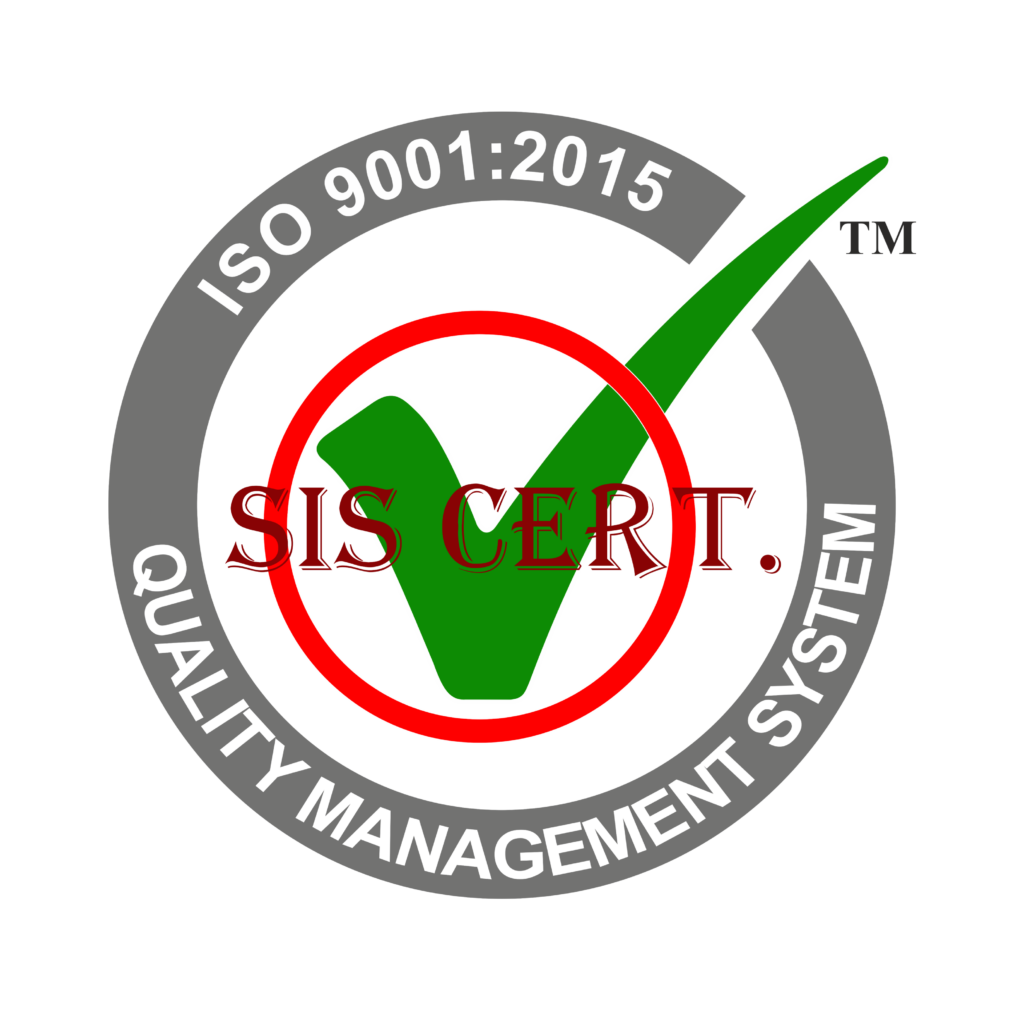The stainless steel manufacturing industry is constantly evolving, and new trends are emerging that could revolutionize the industry. In this article, we will explore the latest trends in stainless steel manufacturing.
These trends include:
Automation: Automation is becoming increasingly prevalent in the stainless steel manufacturing process. With the use of robotics and advanced machinery, manufacturers can streamline production and improve efficiency.
Cost efficiency: Manufacturers are continually looking for ways to reduce costs without compromising quality. This includes finding innovative ways to optimize processes and minimize waste.
Quality control: Ensuring consistent quality is crucial in stainless steel manufacturing. Manufacturers are implementing advanced quality control measures, such as real-time monitoring and inspection systems, to maintain high standards.
Sustainable production: Sustainability is a growing concern in the manufacturing industry. Stainless steel manufacturers are adopting eco-friendly practices, such as using recycled materials and reducing energy consumption, to minimize their environmental impact.
Customization options: Customers today expect products that meet their specific needs and preferences. Stainless steel manufacturers are offering more customization options to cater to individual requirements, such as different finishes, sizes, and shapes.
Stay tuned to learn more about how these new innovations can benefit the stainless steel manufacturing process and what the future holds.
Key Takeaways
- Automation and advanced machinery play a crucial role in streamlining stainless steel manufacturing, reducing human error, and enhancing quality control.
- Predictive analytics and data-driven decision making help in anticipating demand, adjusting production, and minimizing wastage.
- Quality control in stainless steel manufacturing extends beyond production to distribution and storage, with the use of automated process control systems and advanced testing methods.
- Sustainable production practices, including energy-efficient processes, use of recycled materials, and proactive measures like investing in renewable energy sources, are adopted to reduce the environmental footprint.
Automation in Manufacturing
Manufacturing’s potential for automation has been a key factor in driving stainless steel production trends. As the stainless steel industry looks to the future, automation is quickly becoming a key focus of production process and technologies.
Automation is being utilized to speed up production, increase efficiency, reduce costs, and improve safety. Automation also helps to reduce human error and enhance quality control. Additionally, automation increases the possibility of scalability, giving manufacturers the ability to increase production at a much faster rate.
The benefits of automation are clear, but it is important to consider the risks and challenges associated with it. Automation requires significant upfront costs, so it may not be feasible for all manufacturers. Additionally, automation can lead to job loss, so it is important to consider the potential impact on employees.
That being said, the advantages of automation far outweigh the drawbacks, and it is likely to become a key component of future stainless steel manufacturing trends.
Cost Efficiency
A key trend in future stainless steel manufacturing is cost efficiency, with manufacturers looking to reduce costs while maintaining quality. Cutting-edge technologies, such as artificial intelligence, are being used to streamline manufacturing processes and identify areas where savings can be made.
Automated production lines are also being utilized to reduce labor costs and improve efficiency. Furthermore, manufacturers are taking advantage of predictive analytics to anticipate demand and adjust production accordingly.
Additionally, the use of data-driven decision making is helping to reduce costs, while advanced materials are being used to minimize wastage. These efforts are resulting in increased cost-effectiveness and improved profitability.
Quality Control
Maintaining high quality standards is essential for successful stainless steel manufacturing in the future, requiring careful monitoring and inspection throughout the production process. To ensure the highest quality product, manufacturers must focus on developing comprehensive quality control systems.
Automated process control systems can help to identify and rectify any errors in the production process quickly and efficiently, allowing for easy and rapid adjustments in order to meet the required standards. Furthermore, precision instruments and advanced testing methods must be employed to detect any defects in the steel before it is released to the market.
Quality control should also extend beyond the production stage, with regular quality assurance testing carried out during the distribution and storage of the steel. This is especially important for products that are intended for use in high-risk environments, such as in construction, where quality control is paramount.
With the proliferation of new technologies, such as artificial intelligence and blockchain, manufacturers can now more effectively monitor and track their products throughout the supply chain, ensuring that only the highest quality steel is delivered to the customer.
Sustainable Production
Building on the importance of quality control, sustainable production is a critical factor in the future of stainless steel manufacturing. Manufacturers strive to reduce their environmental footprint and create more sustainable practices. To achieve this, stainless steel manufacturers must make the most of their available resources and adopt a forward-thinking approach to production.
This includes utilizing energy-efficient processes, such as the optimized melting of stainless steel and the use of recycled materials. Additionally, manufacturers must develop comprehensive waste management plans that help reduce the impact of hazardous materials on the environment.
The use of automation and digital technology can also help stainless steel manufacturers reduce their environmental impact. Automation reduces human error and can help manufacturers improve their efficiency, while digital technology can help them track, monitor, and analyze their processes. By leveraging these tools, manufacturers can identify areas of improvement and take steps to reduce their environmental impact.
Furthermore, manufacturers must be proactive in reducing their carbon footprint and developing sustainable solutions. This includes investing in renewable energy sources and creating policies that promote sustainable practices. Through these initiatives, manufacturers can help ensure that their production processes are environmentally responsible and can help the industry move towards a more sustainable future.
Customization Options
In addition to sustainable production, customization options are becoming increasingly important for stainless steel manufacturers, as they look to find ways to meet the specific needs of their customers. As such, these manufacturers are exploring ways to customize their products and services to better serve their clients. This includes introducing new technologies and processes that can be tailored to each customer’s individual needs. By leveraging the latest in additive manufacturing, manufacturers can create parts and products with unique features, such as improved strength, enhanced design, and increased durability.
Furthermore, modern fabrication techniques and automated processes are allowing manufacturers to achieve greater accuracy and cost-efficiency. This has enabled them to develop custom stainless steel products that can be tailored to fit the exact specifications of any customer. As a result, companies can now provide their customers with the exact product they need, without having to sacrifice quality or cost.
Frequently Asked Questions
How Does Stainless Steel Compare to Other Materials in Terms of Durability?
Stainless steel is well-known for its durability compared to other materials, offering increased strength and corrosion resistance. It is an ideal choice for innovative projects that require reliable performance.
Is Stainless Steel a Recyclable Material?
Yes, stainless steel is a highly recyclable material due to its durability and corrosion resistance. It can be reused and repurposed in a variety of applications, making it a sustainable choice for businesses and consumers alike.
What Are the Environmental Impacts of Stainless Steel Manufacturing?
Stainless steel manufacturing can have a significant environmental impact due to energy consumption, hazardous waste emissions and water pollution. Innovative solutions must be explored to reduce these negative impacts.
Are There Any Health and Safety Considerations to Take Into Account During Stainless Steel Manufacturing?
Safety is a key concern when manufacturing stainless steel, as it involves hazardous materials and processes. Adequate protective equipment and strict procedures should be used to ensure the safety of workers and the environment.
What Are the Most Common Applications for Stainless Steel Products?
Stainless steel products are widely used in a variety of applications, from food processing to construction. Its versatile nature and durability make it a popular choice for businesses looking for reliable and efficient solutions.
Conclusion
The future of stainless steel manufacturing is highly dependent on automation and cost efficiency. Quality control and sustainable production practices are paramount to the success of the manufacturing process.
Additionally, customization options provide businesses with the flexibility to meet customer demands. To remain competitive, manufacturers must continually evaluate the latest technologies and trends to ensure that their production processes are as effective and efficient as possible.


